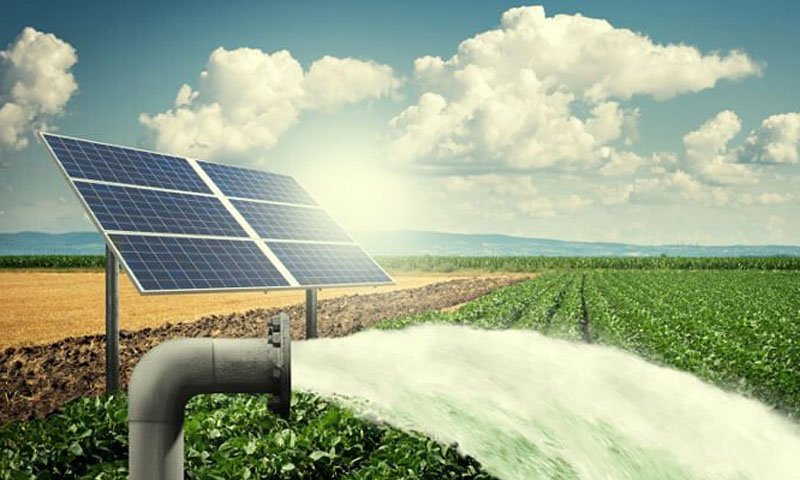
An Israeli-Palestinian non-profit which provides renewable energy and clean water services to off-grid communities has developed a submersible solar magnetic irrigation plunger pump.
The Solar Magnetic Plunger Pump (SMPP) is said to be able to deliver 20-30 m3 per day from a pump head 15-45m deep – enough, according to Comet-ME, for small plot irrigation or the daily domestic needs of small communities.
The device – compatible with PV systems of 300-900 W depending on pump head and water capacity requirements – can deliver water from 45m with as little as 50 W of continuous solar power, according to its creators. Weighing 12kg, the 120cm pump can operate under low solar radiation, at a lower rate, to reach higher daily flow capacity.
The device, which can fit into a 4in borehole, can pump sand and sediment-heavy water with high reliability for long periods. “At the heart of the SMPP is a three-phase tubular linear BLDC (brushless DC electric) motor, directly driving a plunger in a dual-action mode,” said Noam Dotan, co-founder, and technical manager of Comet-ME.
Product claims
The motor is cooled by the stream of water inside the pump and is designed for more than 1 kW of input power. It is said to be able to produce up to 400 N of thrust with less than 600 W input and can be scaled up. The design is protected by a patent application submitted to the U.S. Patent and Trademark Office, and worldwide through the Patent Co-operation Treaty.
The pump is equipped with a controller that can provide accurate flow rate readings and may be used with payment methods such as pay-as-you-go. The device also includes a monitoring system that transmits pump parameters live online via mobile communication.
The non-profit developed the solar pump over the last four years while implementing renewable energy and water projects for around 10,000 people in Palestine.
The United Nations Food and Agriculture Organization has strongly recommended solar powered irrigation for farms in developing countries and noted irrigation rates are low in sub-Saharan Africa and Latin America, so effective irrigation could boost productivity
